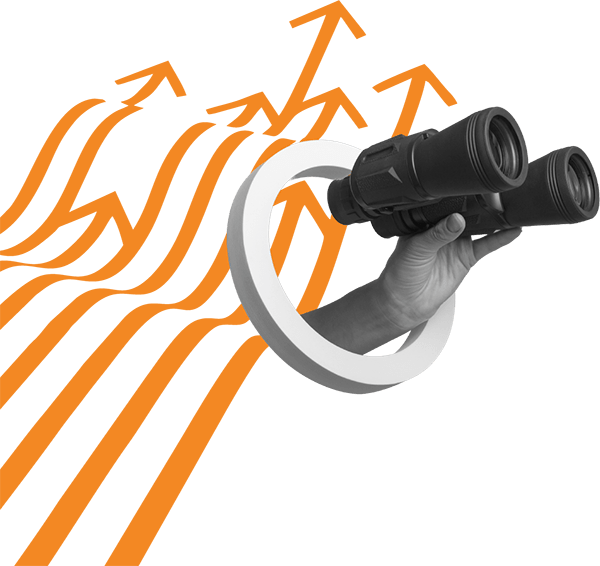We are a Dubai-based 360 PR & Digital Marketing agency with a mission to drive long-term positive impact both for the community and the environment.
Through a diverse spectrum of strategic solutions, Leap aims to support game changers, innovators, and campaigners whether they are individuals, organizations or brands to make a lasting impact on the planet.
As true believers that business can contribute to society, we seek to collaborate with clients that share our objectives. Together we can shape the future we all deserve to have.



















